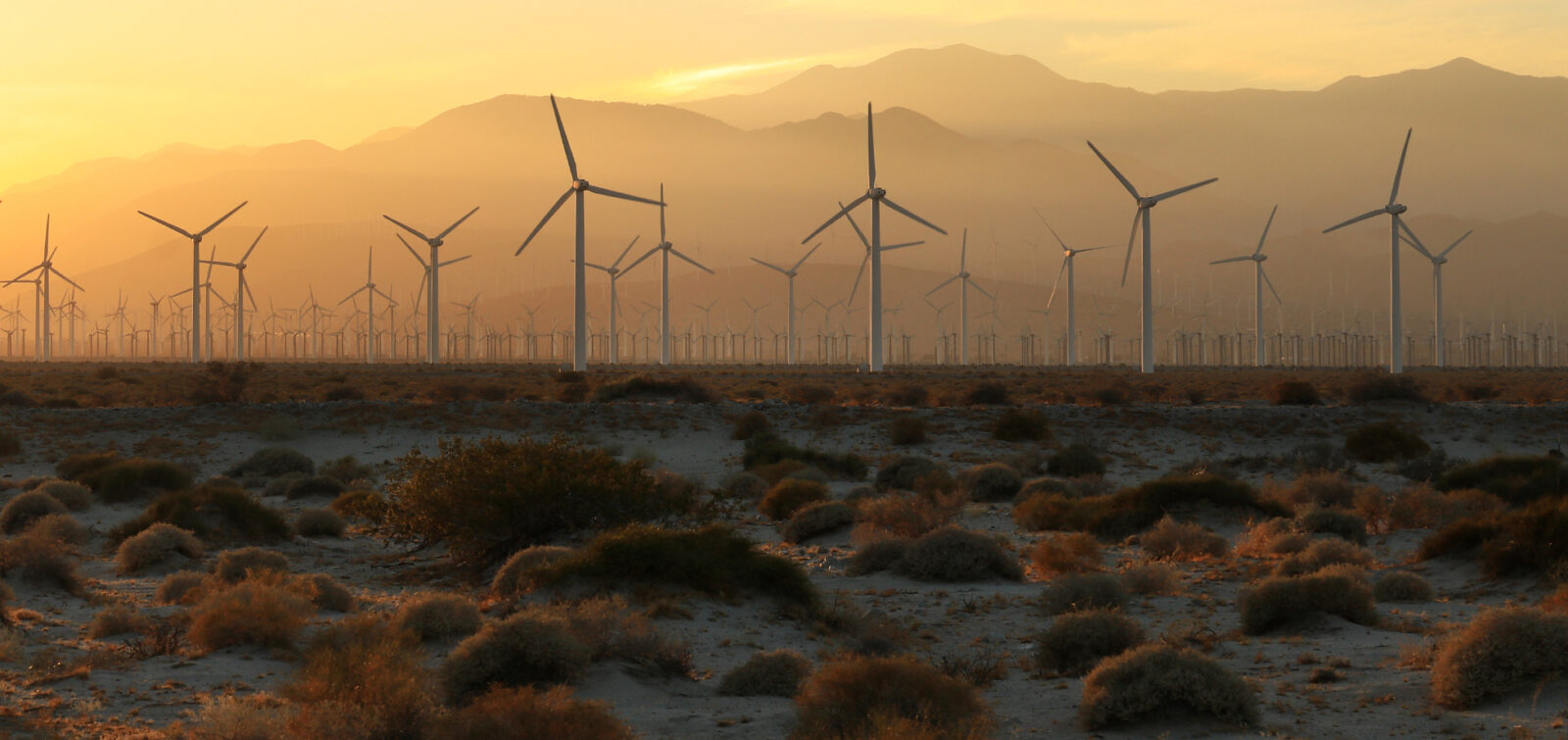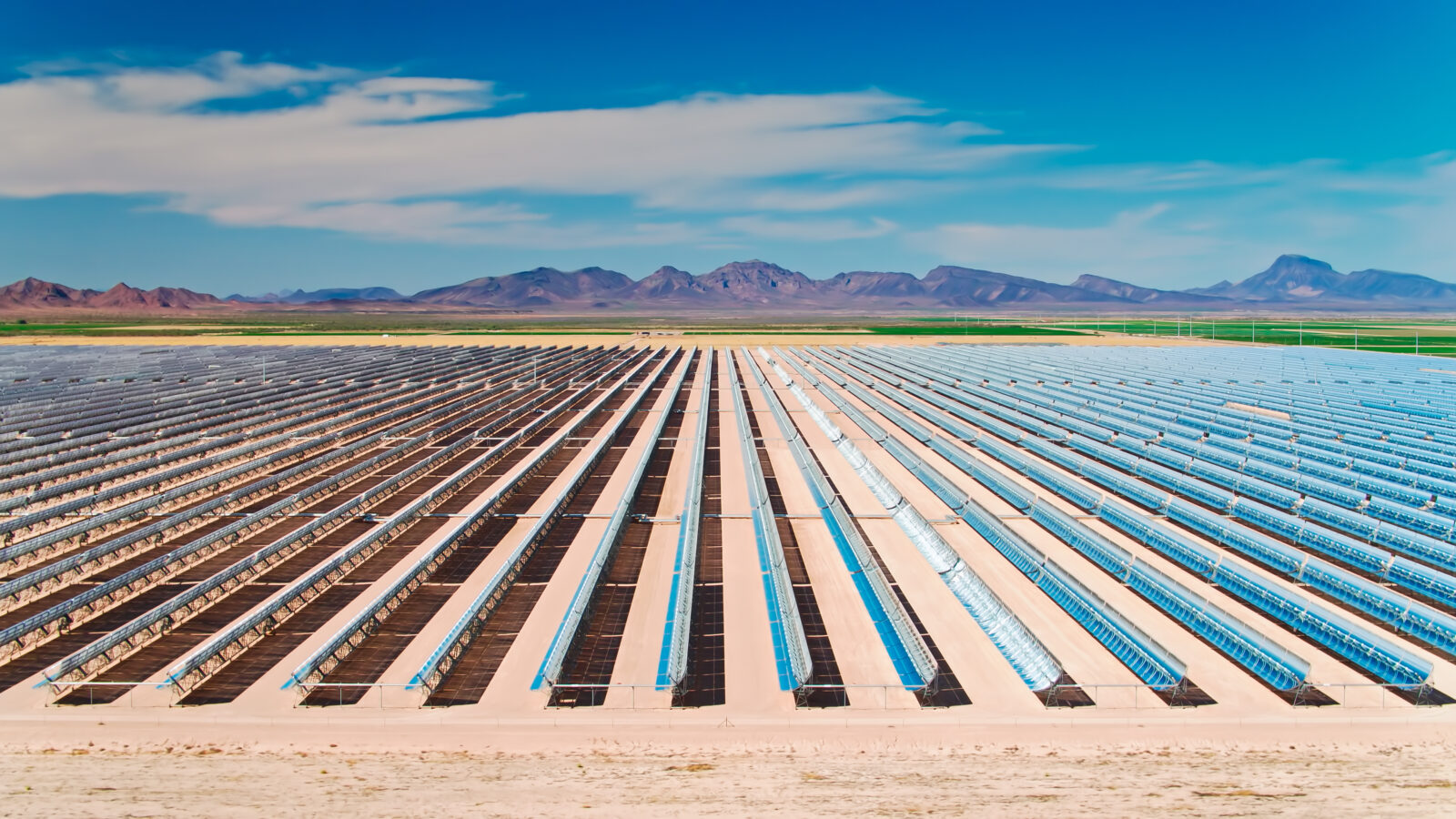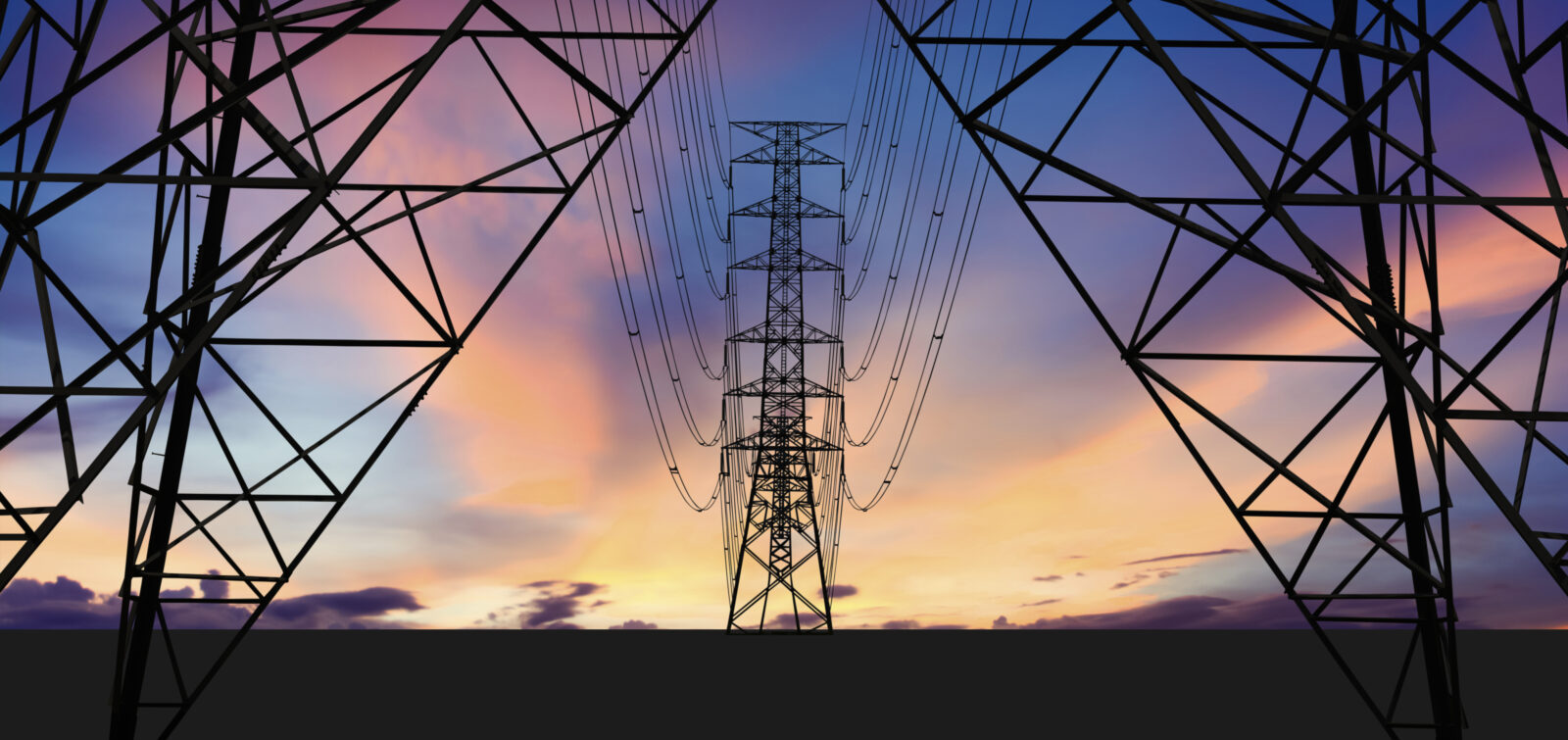We recently highlighted the need to accelerate the development of large-scale renewable energy projects in order to meet ambitious – and essential – renewable and zero-carbon electricity goals. In particular, we discussed the importance of communication and collaboration among parties during the compliance monitoring phases of these complex projects.
Here, we will take a deeper dive into the Bureau of Land Management’s (BLM’s) novel and innovative framework that will ultimately allow for the quicker operation of more renewable energy projects: the Desert Renewable Energy Conservation Plan (DRECP).
Power in Partnership
Covering the more than 10 million acres of BLM-managed land in the Mojave and Colorado/Sonoran Desert area in southeastern California, the DRECP provides a regional-scale blueprint that aids consistent and efficient environmental analysis and permitting of renewable energy projects. Critically, the plan also ensures the conservation of the unique and valuable desert ecosystems, rich cultural and tribal heritage, and outdoor recreation opportunities present in these sparsely populated areas.
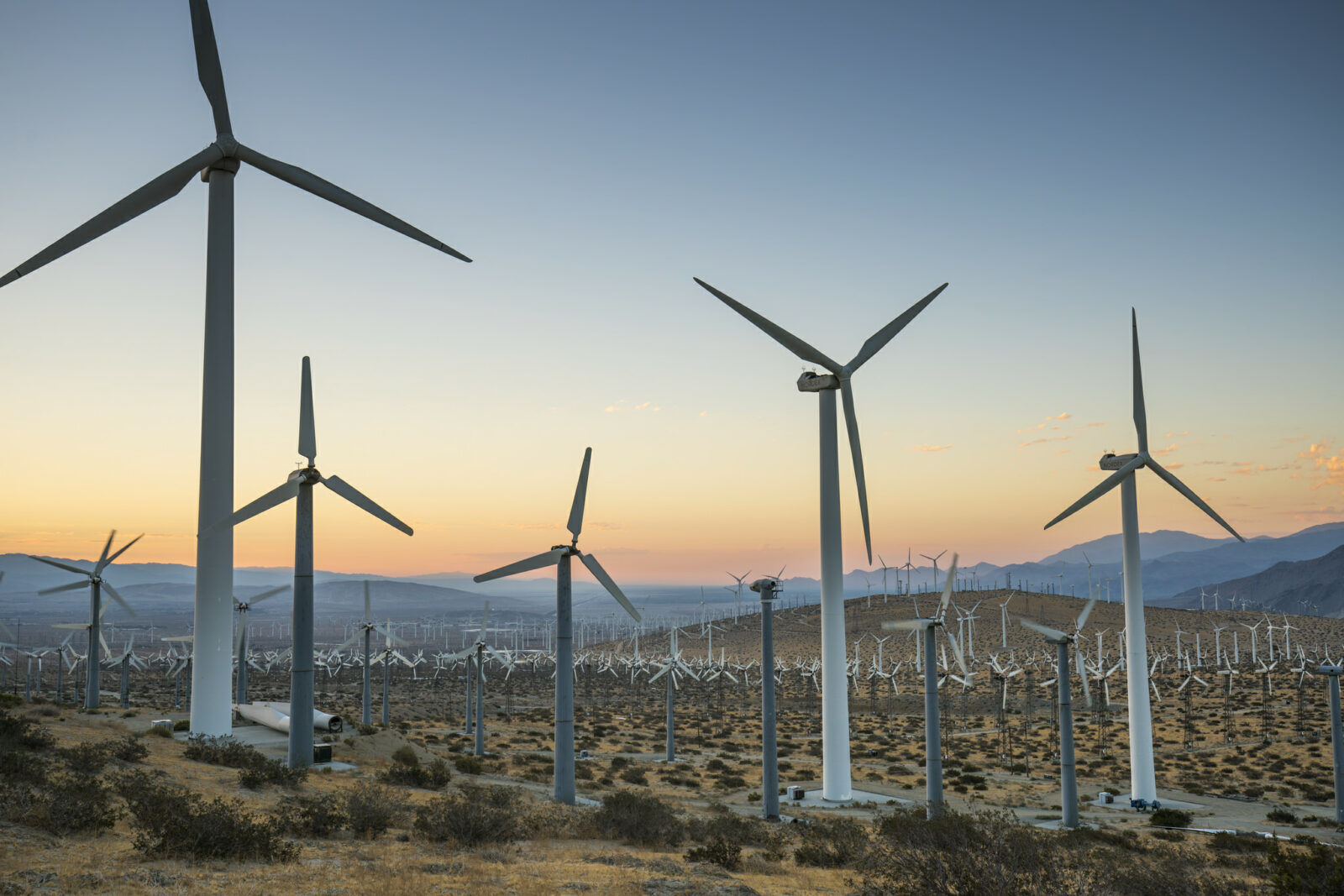
Large-scale renewable energy production in the Mohave and Colorado/Sonoran desert area of Southern California is a key element of the DRECP. Image by Tom Brewster/BLM.
“The California desert has some of the best solar, wind, and geothermal resources in the nation,” said Shelly Lynch, BLM California Desert District Manager. “The DRECP was a collaborative effort with other federal, state, and local agencies, and Tribes to streamline renewable energy and transmission development and protect and conserve desert habitats, plants, animals, and cultural, social, and scenic resources in the California desert. The DRECP identifies lands where renewable energy facilities can be built with the least impact to resources to help meet the nation’s energy needs and reduce greenhouse gases.”
In June, BLM approved for construction the first new solar energy production projects subject to the DRECP. The Arica and Victory Pass solar projects in eastern Riverside County are poised to generate a total of up to 465 megawatts (MW) of electricity with up to 400 MW of battery storage, powering approximately 132,000 homes and supporting up to 1,000 construction jobs. As a third-party compliance monitor on these projects, ESA is an active partner to BLM, the developer, and its biological and cultural compliance teams, ensuring requirements for grant and federal permitting conditions are met.
“Compliance monitoring is a crucial task for large infrastructure projects to ensure developers are adhering to the terms and conditions of the right-of-way grant,” stated Lynch. “Third-party monitoring contractors become the BLM’s eyes and ears on the ground, allowing the BLM to thoroughly monitor construction activities and resolve issues immediately.”

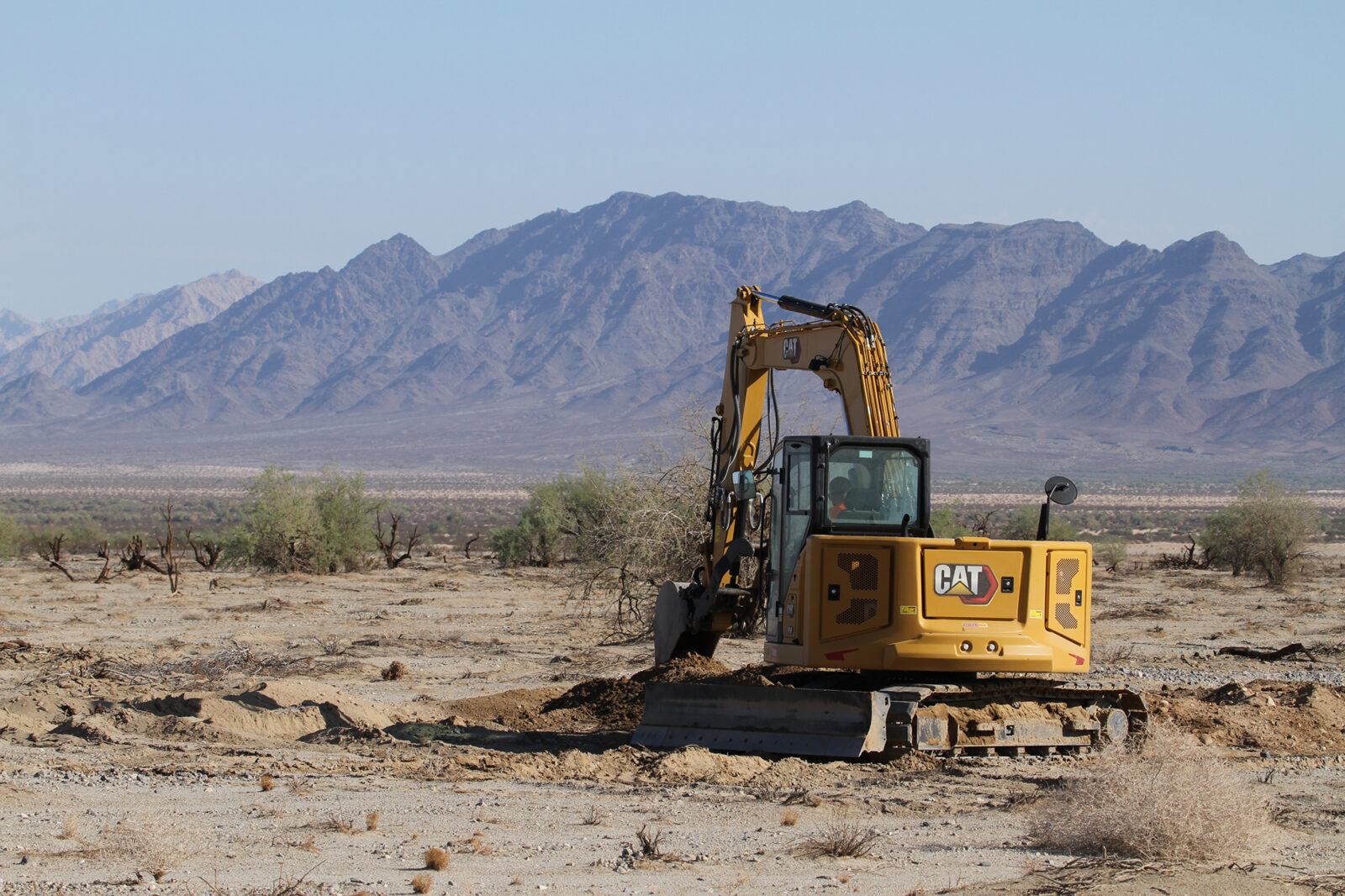
Left, a Zebra-tailed lizard (Callisaurus draconoides). Right, construction at the Arica and Victory Solar Pass Projects which ESA is monitoring. Photos by ESA Wildlife Biologist Brennan Mulrooney.
A Long History
ESA has developed a more-than-decade-long history of supporting BLM in its large-scale development of renewable energy projects. From the environmental review and permitting process to compliance monitoring, the partnership’s success has been built on a foundation of trust, communication, and great work, ultimately resulting in nearly 1,800 MW of renewable energy development in California.
Projects have included:
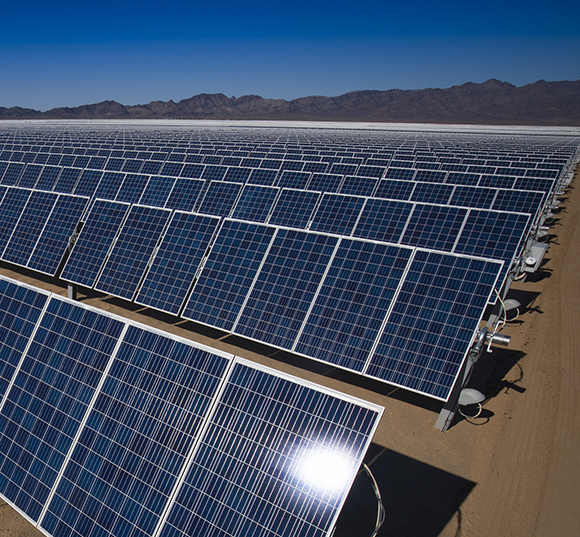
A Promising Future
“The BLM continues to process renewable energy and transmission projects under the DRECP and is working toward creating a clean energy future and meeting the Biden-Harris administration’s goal of 100 percent carbon-free electricity by 2035,” said Lynch. “Within the DRECP, there are 18 renewable energy projects at different stages of review, with at least half located in eastern Riverside County, with the potential to add approximately 5,600 megawatts of production on BLM California public land.”
With deep technical experience in areas spanning environmental planning and permitting, biological and cultural resources, and compliance monitoring, ESA is well suited to help navigate the many facets of developing a renewable energy project. We understand the unique terms and conditions of the DRECP and can expertly and efficiently ensure projects stay on track at every stage of planning, review, and development. Deep expertise, innovative solutions, and collaboration will continue to be critical as we all work together to realize a clean energy future.
For more information on ESA’s services related to the development of renewable energy projects, please reach out to Tony Overly.


